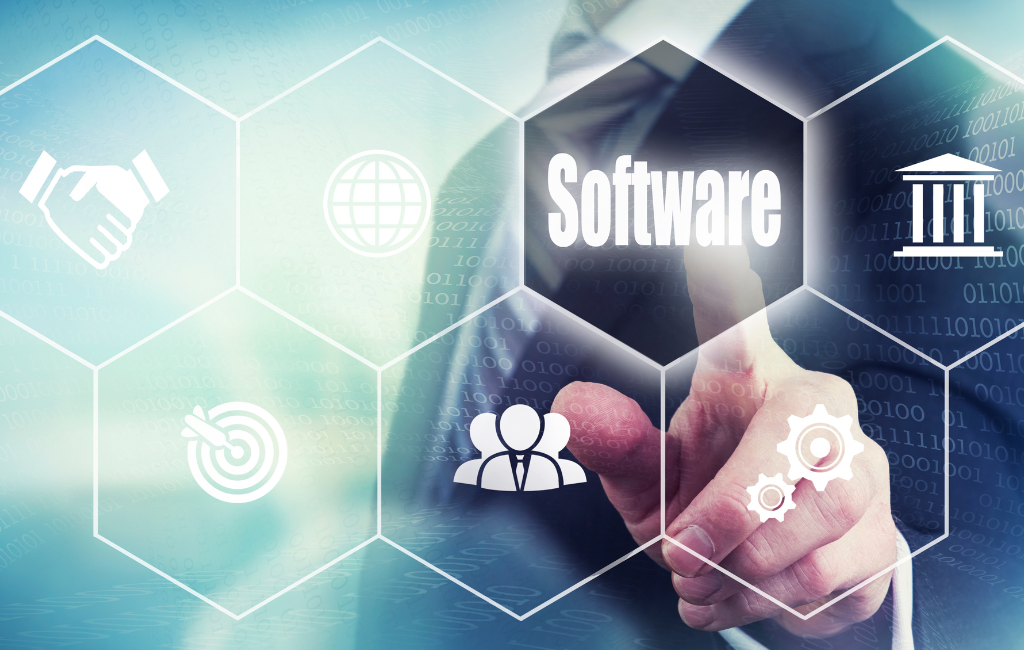Home care software has altered the way in which carers deliver care to their patients. With the introduction of innovative technologies, home care software has been developed to enhance the efficiency and effectiveness of home care providers. As a result, home care software has helped providers to enhance their financial management, improve patient care, and boost their revenues. In this post, we will cover the top five advantages of home care software.
Better Communication
Effective communication is the cornerstone of good healthcare, especially in home care settings. Home care software has enabled providers to communicate more efficiently and effectively with their patients, family members, and other healthcare providers. With the software, providers can send secure messages to their patients, alert them about upcoming appointments, and communicate any changes in care plans.
The software also enables real-time communication between the care team members, allowing for prompt responses to patient concerns and emergencies. With better communication, patients receive the care they need in a timely and efficient manner, reducing the risk of complications and improving overall patient outcomes.
Improved Patient Care
Home care software has altered the way carers care for their patients. The software gives carers easy access to patient records, care plans, medication lists, and other critical information for patient care. The software allows carers to document patient vitals, follow medicine administration, and track patient progress.
Caregivers can also use the software to construct customised care plans based on each patient’s specific needs, ensuring that patients receive the treatment they require to enhance their health results. Caregivers can recognise patterns in patient health and alter care plans accordingly with improved documentation, increasing patient care and lowering the likelihood of hospital readmissions.
Enhanced Efficiency
Home care software has made it easier for caregivers to manage their operations, reducing the time and effort required to complete administrative tasks. The software automates many of the routine tasks involved in home care, such as scheduling appointments, managing patient records, and billing insurance companies.
Caregivers can also use the software to manage their finances, including invoicing, payment processing, and tracking expenses. With the software, caregivers can generate reports that provide insight into their financial performance, enabling them to make data-driven decisions to improve their profitability.
Improved Compliance
Home care providers are subject to strict regulatory requirements, and compliance is essential to maintaining their licence and reputation. Home care software gives carers the tools they need to stay in compliance with regulations like HIPAA, OSHA, and Medicare.
The software enables carers to document compliance with legal requirements, such as employee training and certification, and track compliance with patient care plans. With greater compliance paperwork, carers can demonstrate their dedication to providing high-quality care and avoid the possibility of penalties and fines for non-compliance.
Increased Revenues
Home care software has the potential to increase revenues for home care providers by improving efficiency, reducing costs, and enabling providers to offer more services. The software enables caregivers to manage their finances better, track their expenses, and generate reports to identify opportunities to reduce costs.
With the software, caregivers can also offer additional services, such as telehealth visits, which can increase revenue and improve patient outcomes. By improving the quality of care, reducing the risk of hospital readmissions, and offering additional services, home care providers can increase their revenue and improve their bottom line.

